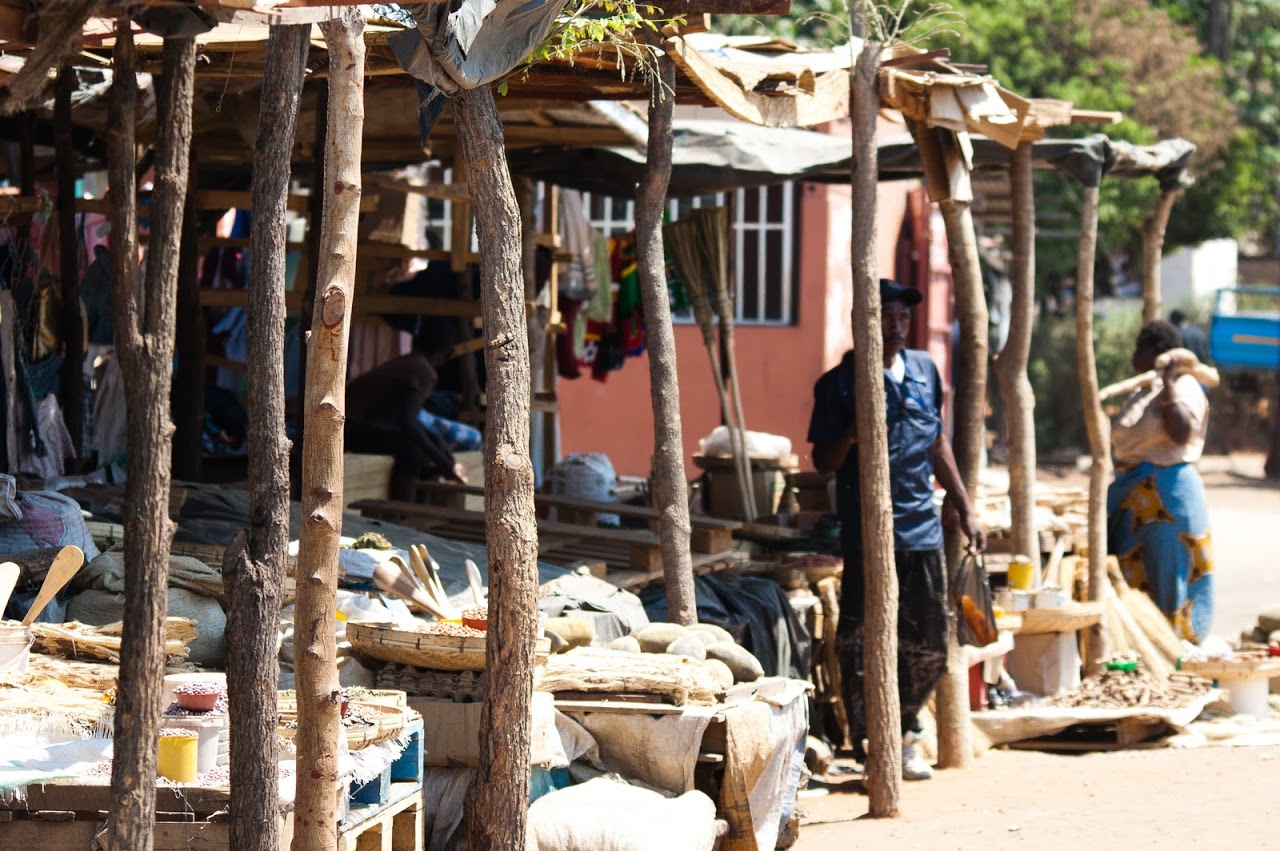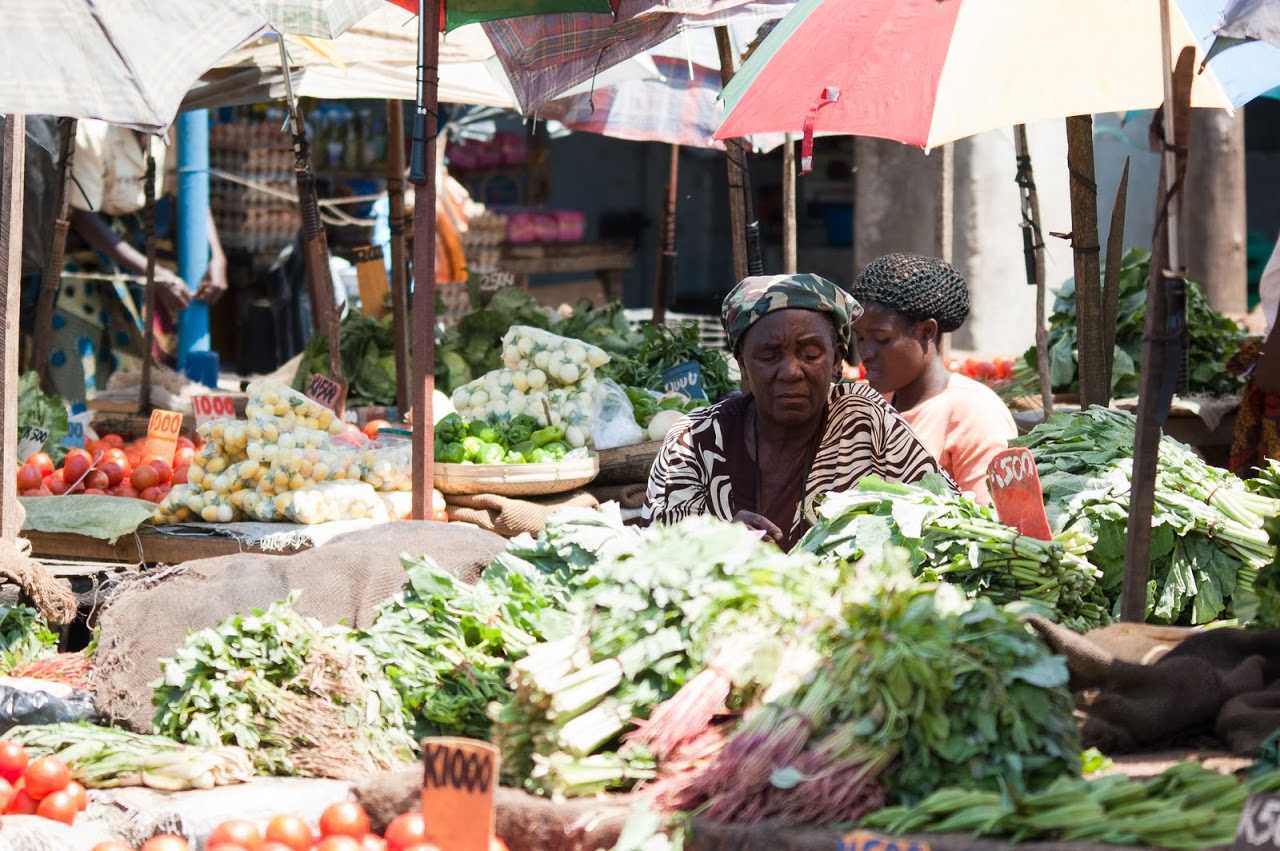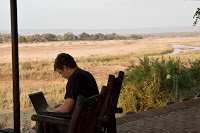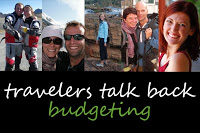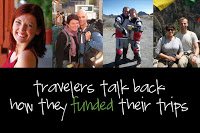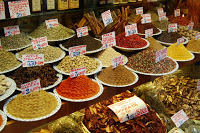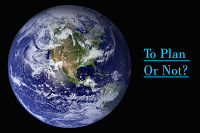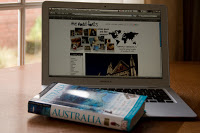Sunset in Zambia
How do you plan a round-the-world itinerary? That's always the question at the top of the Bootsnall message board for RTW travelers and everybody's got an opinion . You should "not plan," some say, while others tell you to have a "vague notion" of where you're going, and others say that you should plan down to the nitty gritty. You would think that, now, after planning a RTW trip and being a self-acknowledged planaholic, I would know how to plan a RTW itinerary. You would think that, considering I get at least an email every couple of weeks asking me to review travel itineraries, I would know about the pitfalls and the successes of a great RTW itinerary. You would be wrong. The truth is, I don't have any good advice for you on planning a round-the-world itinerary.
The reason: there are no rules in planning a RTW itinerary.
This is your trip. Your travel. Your dream.
There is no wrong answer to a RTW itinerary. If you are a planner --- that is, the sort of person who likes to know exactly where you are going to be on every day of your trip, don't let people tell you that you're a bad RTW traveler. (We did that in our first three months and it worked out just fine.) If you're a fly-by-the-seat-of-your-pantser, that works, too. (We flew by the seat of our pants in most of Asia and it worked out generally great.) Whatever you decide, it is your trip.
And, the truth that nobody really mentions is that there are as many ways to travel around the world as there are people interested in traveling RTW. Don't believe me? Check out some of the unique RTW combinations out there:
Gary from Everything Everywhere : 90 countries in 48 months over 6 continents. (This includes some short stays as well. You can check out his very impressive lists of where he has been over here . I should really put something like this together for ourselves because I have no idea how many countries I've been to in my life.)
Audrey and Dan from Uncornered Market : 65+ countries in 48 months over 7 (!) continents. Yeah, they're totally our role models.
Danny and Jillian from I Should Log Off : 50 countries in 22 months over 6 continents.
Michael from Go See Write : 44 countries in 16 months over 6 continents, using entirely overland transportation.
Manali and Terry from Manali and Terry : 27 countries in 12 months over 4 continents.
Dave from The Longest Way Home : 18 countries in 72 + months over 2 continents.
Keith and Amy from Green Around the Globe : 17 countries in 10 months over 4 continents.
Gillian and Jason from One Giant Step : 14 countries in 12 months over 4 continents.
The Vogel Family from Family on Bikes : 14 countries in 34 months over 2 continents, entirely on bicycles from the northernmost point in Alaska to the southernmost point of Argentina.
Me and Patrick: 13 countries in 13 months over 4 continents. And, we spent 2-3 months in a specific region, returned home to the United States to check in on Chewy and Abby, and left to go to another region. We never purchased a RTW ticket, instead using discretely purchased transcontinental flights when we wanted.
Ayngelina from Bacon is Magic : 9 countries in 12 months in 1 continent. She just hit her one year traveliversary!
See that? There is no formula, no unmissable place, no unmissable thing. If you don't make it to Peru, don't sweat it. If you fall in love with Thailand and spend six out of your allotted 12 months there, no worries.
No matter what you choose, your trip will be amazing because
the world is amazing.
I know . . . . this is an entirely unhelpful post but it's the truth. And, I wish someone had shared this truth with me while I was stressing about our potential RTW itinerary with maps and spreadsheets strewn across our house. In the end, we didn't see all the places we wanted but we found wonder in places we never expected, on both our planned and unplanned spots. As I plan our European leg, I keep this in mind. Sure, I'd love to hit every single country in Western Europe but I'm not going to be able to see it all.
All this being said, there are a few general concepts we keep in mind when we plan our travels but they are about as far from rules as an American grocery store banana is from the miniature ripened ones plucked from the branches of an Indian banana tree (which is to say quite far). Here they are:
- Try to avoid high season. Yeah, this can be tough but it's a complete hassle dealing with masses of tourists who all want to be in the same place you are.
- Opt for places with good food. This matters to us because food is, obviously, important to us. We've found that three days in a city with no decent restaurant or market selection leaves us very grumpy.
- Pick places that match your budget. This one is pretty obvious but sometimes we get overly excited and splurge which means that our next country has to be cheaper.
- Spend more time in a single place or single country and less time traveling. We hate travel days and try to minimize them as much as possible.
And that's pretty much it. Sometimes we plan like crazy and other times we arrive in a country with nothing planned. I guess you could say that we tend to plan when we feel like and if we have time to plan. And, when we plan, we don't stick to any hard and fast rules.
*An Unhelpful Guide to Planning a RTW Itinerary is part of the
RTW Travel Planning in Retrospect Project,
a weekly community project that seeks to gather insights and advice on round-the-world travel planning from those who have been in the metaphorical trenches.
Stay tuned because, on Tuesday, some very fabulous travel bloggers will join in the discussion and reveal much better itinerary planning tips than mine.




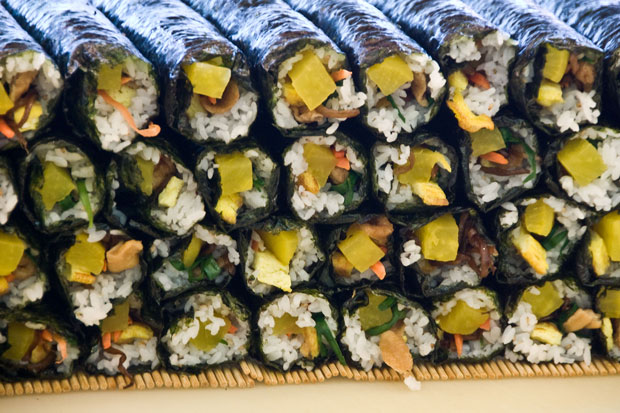





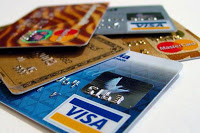
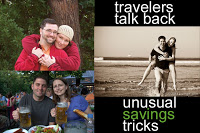

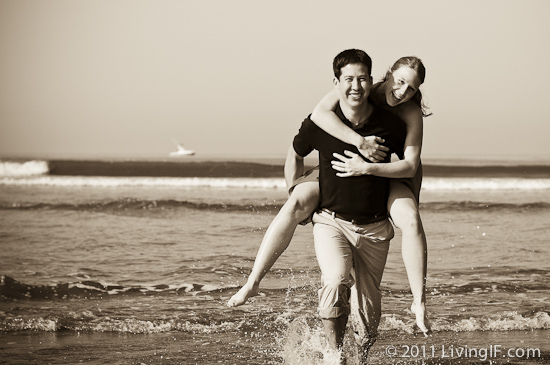
.jpg)
